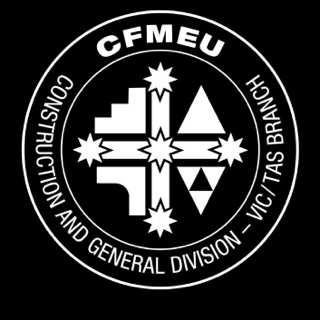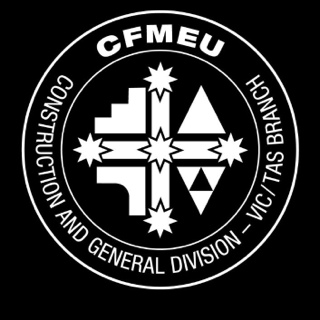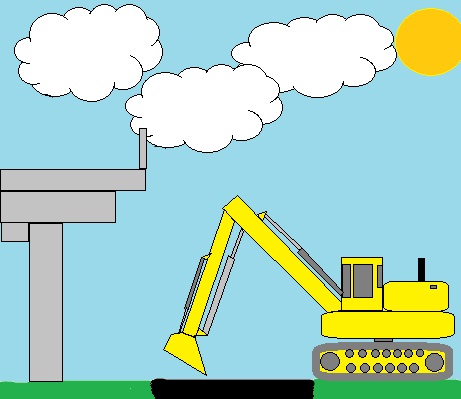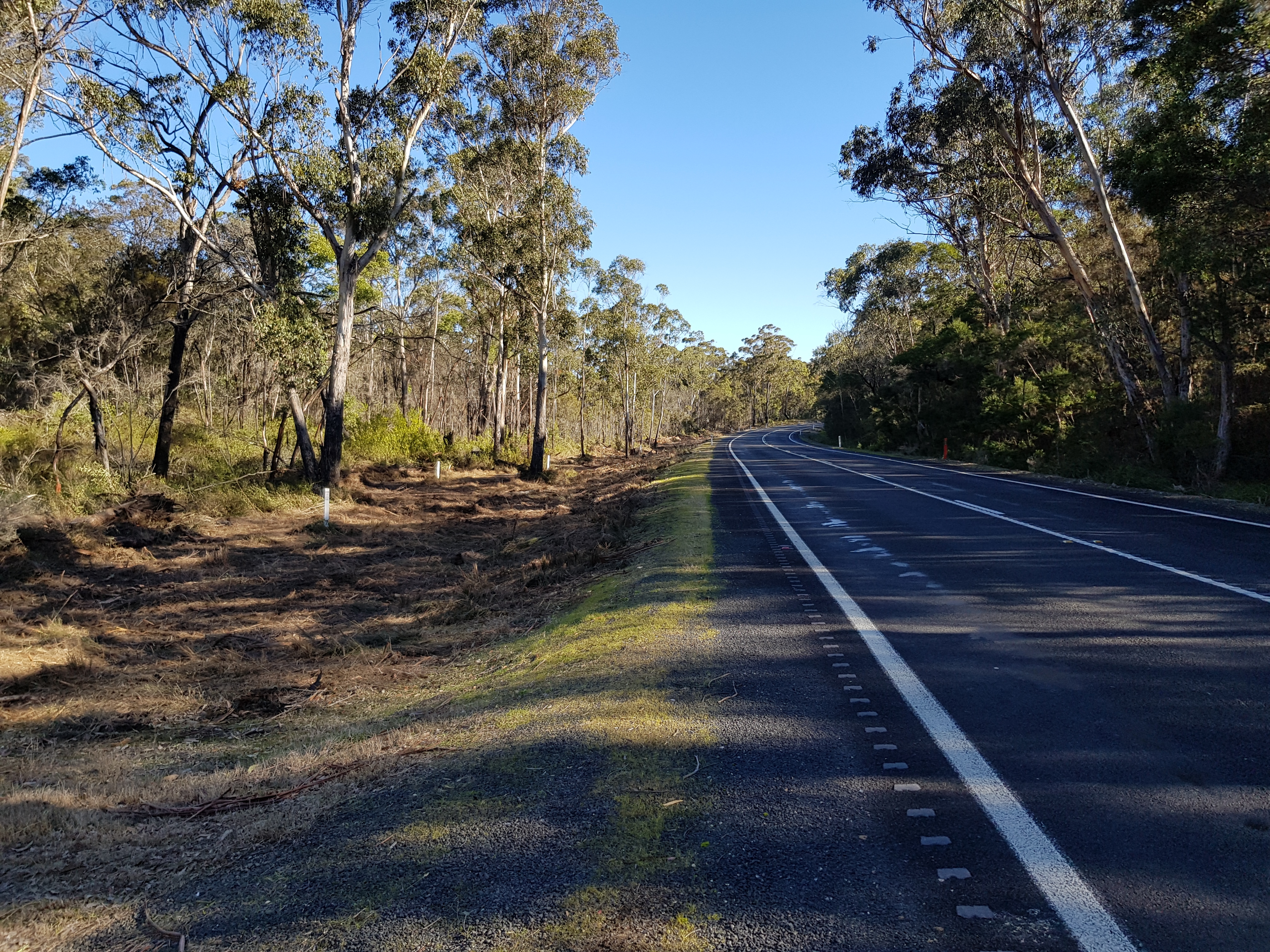Information
-
Document No.
-
Job Location
-
Job Description
-
Conducted on
-
Prepared by
-
Location
-
Weater Conditions: eg Sunny, Windy, Dry
- Very Cold
- Cold
- Warm
- Hot
- Very Hot
- Still
- Breeze
- Moderate Wind
- Strong Wind
- Very Strong Wind
- Dangerous Wind
- Fog / Mist
- Spitting Rain
- Showers
- Moderate Rain
- Rain
- Heavy Rain
- Hail
- Large Hail
- Snow
- Sunny
- Partly Cloudy
- Overcast
- Low Cloud
- Dry
- Slippery
- Flooding
- Smoke
-
Personnel
-
Site Photo:
Stop!
1. STOP! LOOK AROUND THE WORKSITE
-
Observe the work area and surrounds for hazards. Look Close, Look Above, Look Below, Look Wide and Look for Hidden Hazards
2. STOP! THINK THROUGH THE TASK
-
1. Are we clear on what the task is?
-
STOP! Talk to your supervisor
-
2. Have we checked the SWMS/WIs for the task?
-
STOP! Talk to your supervisor
-
3. Do we have the required skills, training, licences and permits for the task?
-
STOP! Talk to your supervisor
-
4. Is all the equipment and tools suitable to the task and in good order? Are all electrical tools tagged and tested?
-
STOP! Talk to your supervisor
-
5. Do we have all the appropriate PPE?
-
STOP! Talk to your supervisor
-
6. Is the plant suitable for this task?
-
STOP! Talk to your supervisor
-
7. Do we have an agreed form of communication for the task?
-
STOP! Talk to your supervisor
-
8. Does the TMP suit the site? Do we have an MOA?
-
STOP! Talk to your supervisor
-
9. Do we have a clear plan & job steps in mind?
-
STOP! Talk to your supervisor
Photo's & Document's
-
Add media
Look!
3. LOOK FOR HAZARDS, ASSESS THE HAZARDS
-
A. Are there vehicles or plant reversing?
-
STOP! Talk to your supervisor, Detail control measures above.
-
B. Is there a risk of plant rollover? Uneven/sloping ground conditions?
-
STOP! Talk to your supervisor, Detail control measures above.
-
C. Are there overhead services?
-
STOP! Talk to your supervisor, Detail control measures above.
-
D. Are there underground services?
-
STOP! Talk to your supervisor, Detail control measures above.
-
F. Could I fall?
-
STOP! Talk to your supervisor, Detail control measures above.
-
E. Do you need Dial Before you Dig?
-
STOP! Talk to your supervisor, Detail control measures above.
-
H. Could something fall on me or strike me?
-
STOP! Talk to your supervisor, Detail control measures above.
-
G. Can I be caught in, on or between anything?
-
STOP! Talk to your supervisor, Detail control measures above.
-
I. Will the task take longer than 20 minutes and/or is the sight distance less than 250m?
-
STOP! Talk to your supervisor, Detail control measures above.
-
J. Do I need to Work Alone?
-
STOP! Talk to your supervisor, Detail control measures above.
-
L. Could I strain or over exert myself?
-
STOP! Talk to your supervisor, Detail control measures above.
-
K. Could I slip or trip?
-
STOP! Talk to your supervisor, Detail control measures above.
-
N. Are there any other hazards not identified – Environmental, Biological, Chemical, Electrical, Atmospheric, Fire/Explosions, Gravitational, Manual Handling, Mechanical, Pressure
-
STOP! Talk to your supervisor Enter Details:
-
M. Could I come in contact with something that may harm me or others like chemicals, heat, gas, fumes, or pressurised pipes?
-
STOP! Talk to your supervisor, Detail control measures above.
Photo's & Document's
-
Add media
Communicate
4. COMMUNICATE AND CONTROL HAZARDS
-
i. Have I communicated to my workmates the risks associated with this task and the controls implemented?
-
ii. Have I controlled all the hazards so I will be safe?
-
STOP! Talk to your supervisor, enter control measures above.
-
iii. Does this feel right?
-
STOP! Talk to your supervisor
5. DO THE JOB SAFELY Note: If the job changes whilst you are doing it, STOP and re-do the Take 5 steps to make sure you are safe
-
Hazards Identified
-
Controls Implemented
-
Notes
-
Sketch
-
Photos & Documents:
-
Employee Sign Off
-
Supervisor Review / Sign Off _________________________________________ Date ____________________________











